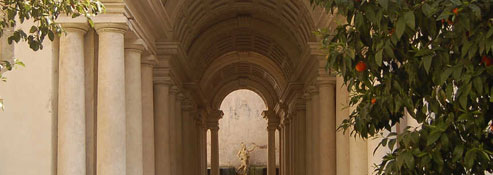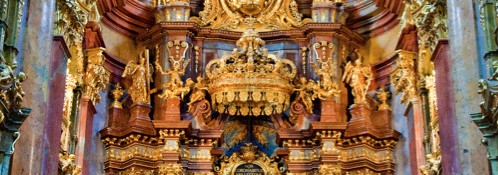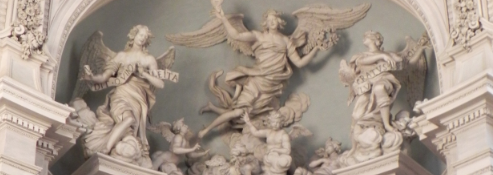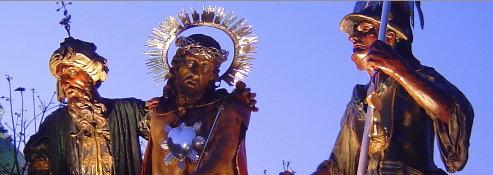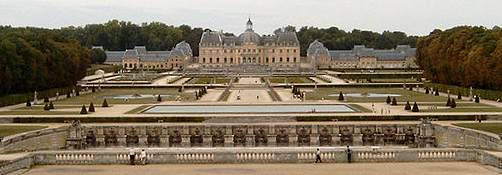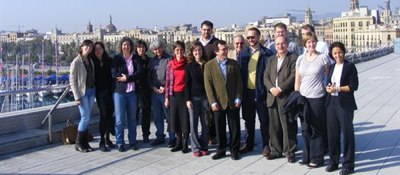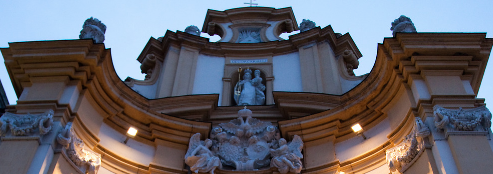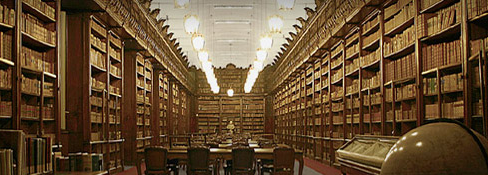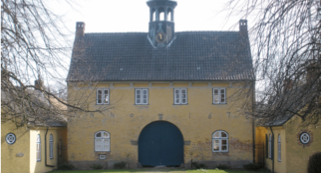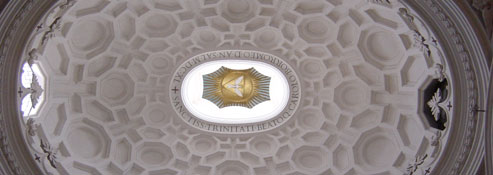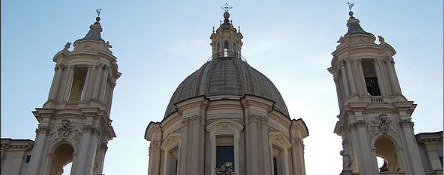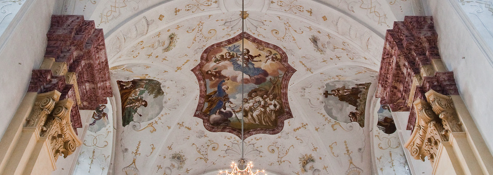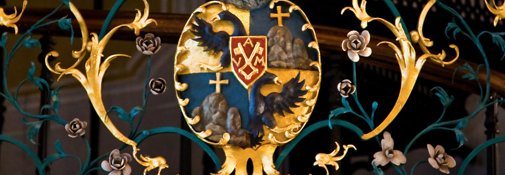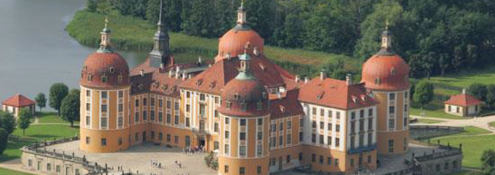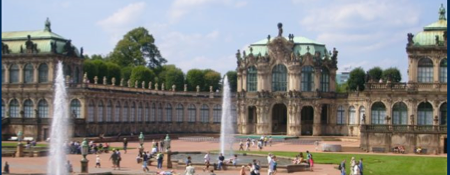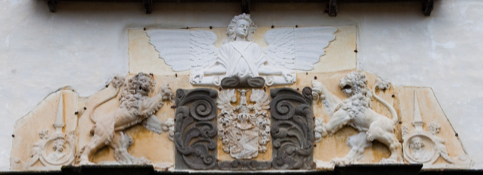ENBaCH aims at: a) elaborating a multiple-approach pattern for promoting knowledge concerning the European baroque cultural heritage; b) creating innovative strategies for disseminating historical consciousness not only among scholars and academics, but also among school teachers, primary and secondary schools students, life-long education programs, policy makers, civil servants and a wider public.
ENBaCH's goal is to reconstruct baroque society and culture without relying on the usual "grand narratives" but presenting baroque European peoples and societies, with their different political, religious, and cultural histories, as the outcomes of contacts, exchanges, mutual influences, rivalries, challenges and conflicts. The 17th century was indeed an age of intense mobility, and it was preceded and accompanied by important transfers of human beings, as well as of artifacts and ideas, that all contributed to shape an interconnected cultural heritage and a common awareness of it. International trade, circulation of scholars, artists, craftsmen and a regular postal system unified the European area as a whole, and these novelties which were started in the core regions of the Renaissance were diffused in the peripheries. The local political and cultural contexts in which people, artefacts and ideas coming from abroad had to integrate did not simply accept or refuse these novelties, but responded actively, using those materials to create their own original configurations. They also reacted, creating through differentiation innovative local styles. Assimilation and differentiation were thus the two ultimate poles in a history of multiple encounters, exchanges, rivalries, collaborations. And today European cultural heritage is exactly the outcome of these processes.
The objective of the project is thus to analyze the genesis of social and cultural phenomena in a given context and their dissemination in different geographical and political areas of Europe, together with the processes of adaptation/transformation they have gone through. Research will, however, also focus on the impact of the circulation of ideas, canons, models and artefacts on everyday life, in the perspective of reconstructing a history of Europeans and not only of Europe. Shared ways of living, common social - and sometimes even geographical - environments, similar patterns of education and behaviour did indeed unify social groups divided by political boundaries (just think, for example, of the peculiar weight of the political divisions in Italy or Germany or the Netherlands).
This historical past has indeed created a European cultural heritage that can still be detected in the visual arts, in literature, in architecture, in the urban plans of the European cities, in the structure and contents of libraries, archives and museums, in several legal assets, in diplomatic and political etiquette, in marriage patterns and in the structures of the family, and in many other areas. The reconstruction of the actual circulation of cultural models in all these fields, its development and its spread in very large geographic areas, often coinciding with the very boundaries of Europe (and even beyond), will show the interplay between original elaboration and successive reinterpretation of received patterns. It will also show the relationships that, since the 16th-17th centuries, have existed between distant regions such as Italy and Poland or Germany and Spain.
The project aims also at considering the interplay of real phenomena and imaginary representations in creating commonalities and divisions within different European areas and the contribution of literature and visual arts to this process. Undeniably the literary and artistic productions of the various European countries, especially when dealing with "the other" - be it the "new" (American) other, or the "old" (Asian) one - have had a major role in fashioning a "European identity". This clearly emerges, for example, from the 17th century appearance of books on the history of Europe, or from the growing popularity of written or illustrated compendia of the "costumes and manners from all the world" that could be found all over Europe. The increasing mobility of large sectors of the population, the creation of international intellectual networks, the development of a modern market for books and works of art, the growth of information circuits, the spreading of court ceremonials and aristocratic manners, the increasing production and circulation of artefacts all contributed to the creation of shared feelings of common belonging. Even in the political debate and in the institutional organization of the states a dialectics of exchange was often stronger than the recurrent political conflicts, and allowed for a growing circulation of ideas and policy patterns. And even in wartime, diplomacy often acquired a major role and a culture of peace became a shared political goal.
From the point of view of the areas under scrutiny, the project aims at paying special attention not only to the countries situated at the core of Europe, but also to those posited along its geographical boundaries, like the Baltic area and Poland (not forgetting that Italy and Spain were Mediterranean frontier countries).



